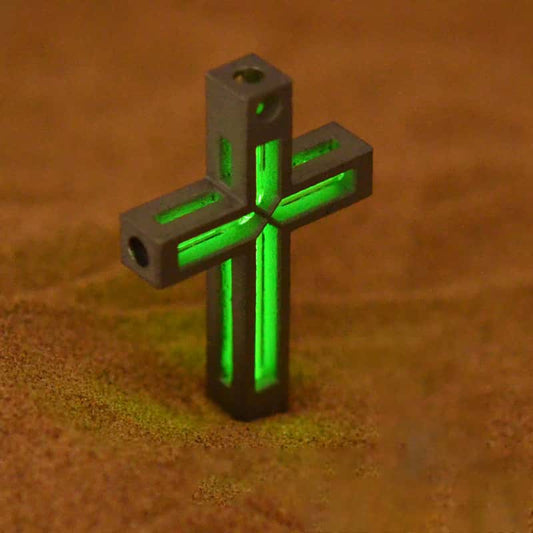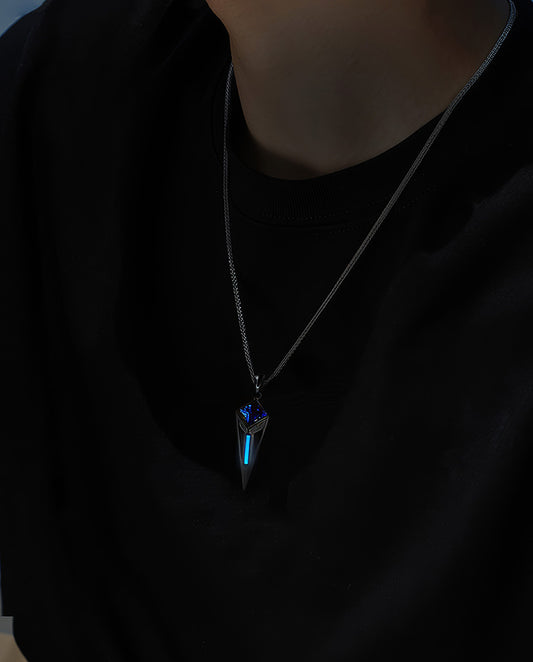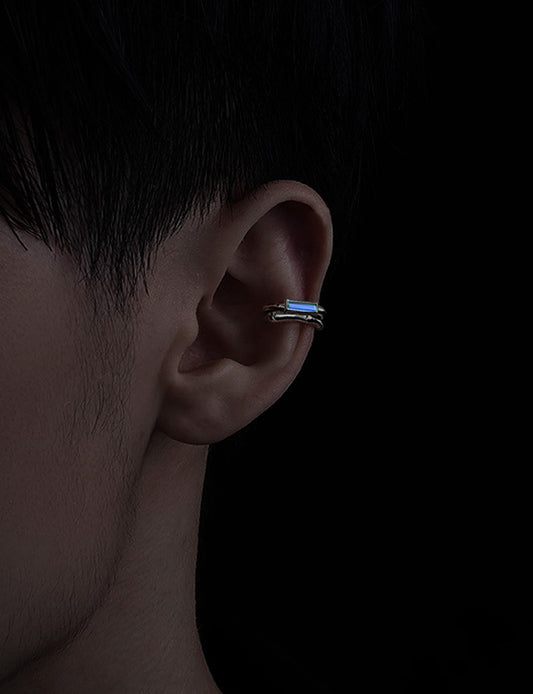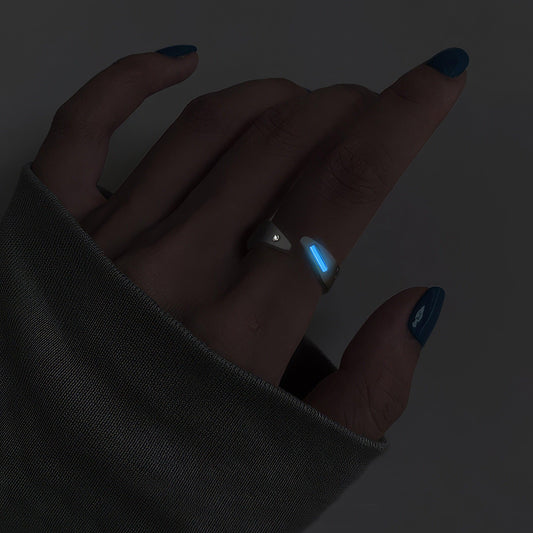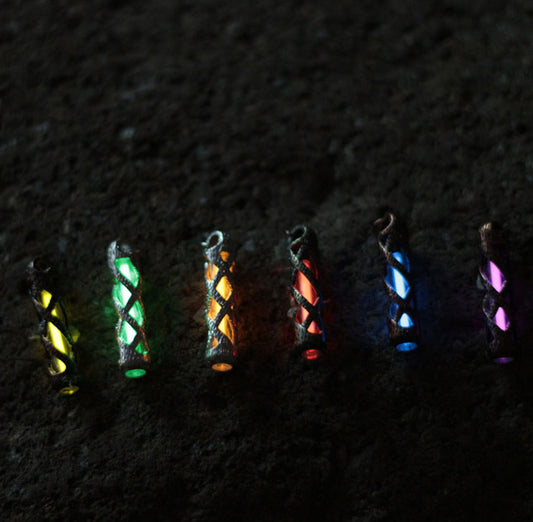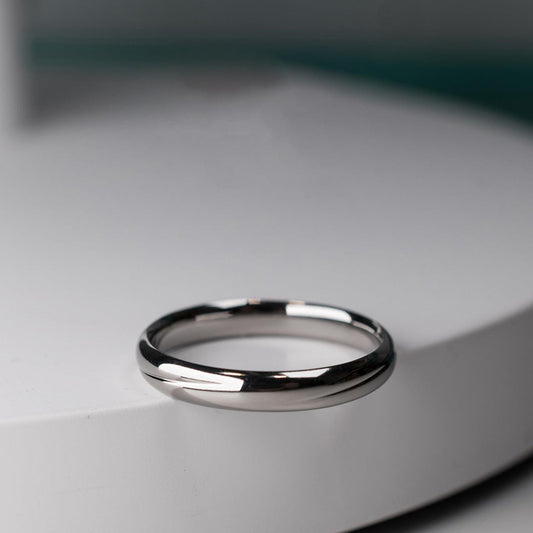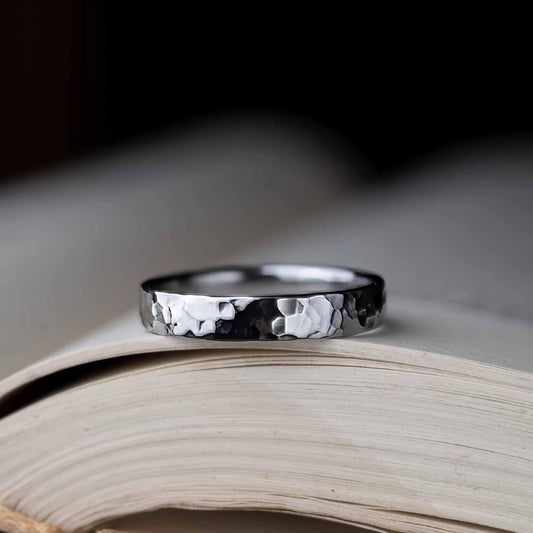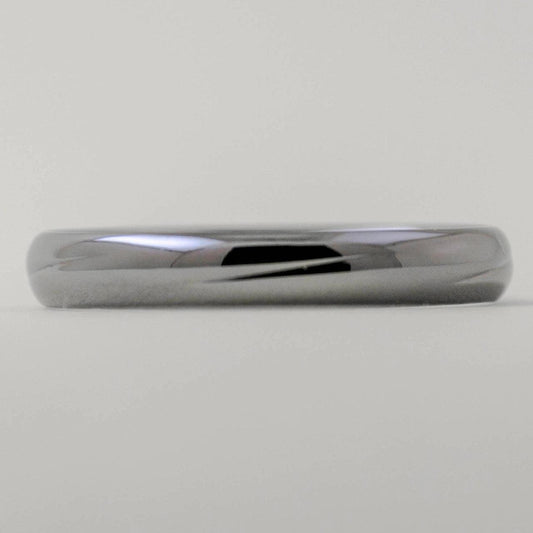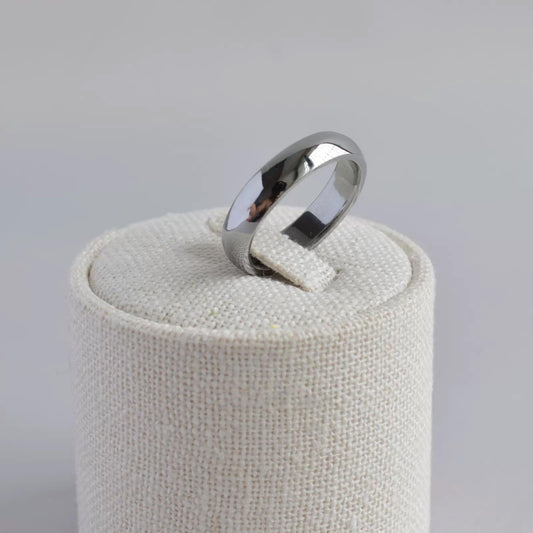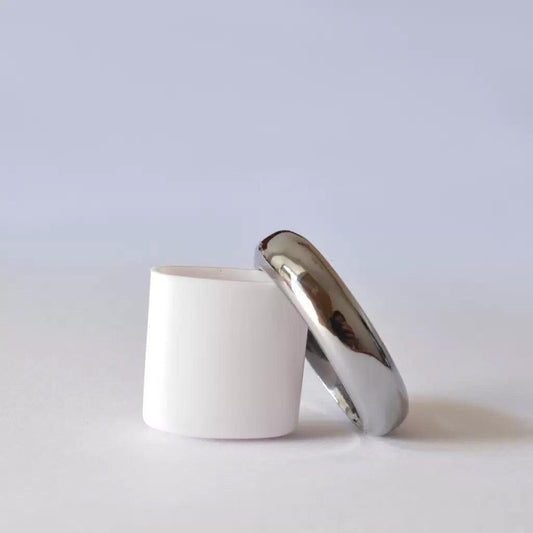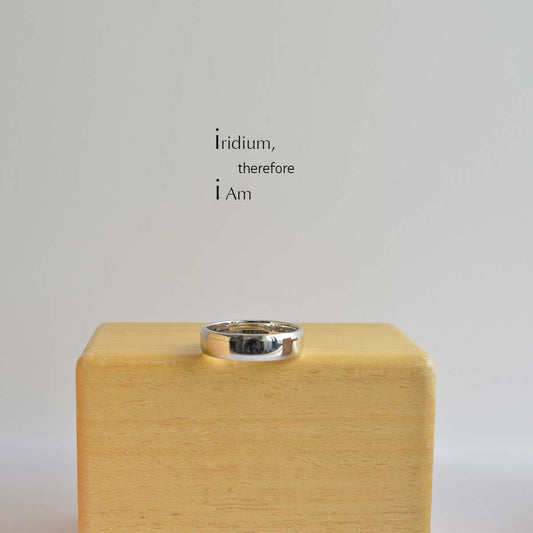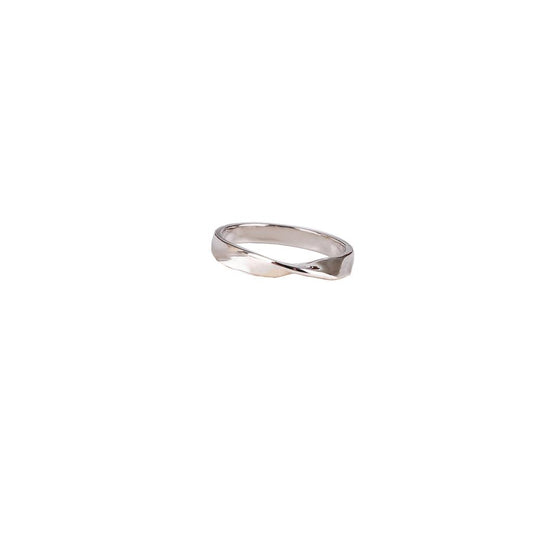Engagement Ring vs Wedding Ring Whats the Difference
Engagement Ring vs Wedding Ring Whats the Difference
When I was browsing through a jewelry store with my sister last week, a question came up that sparked a lively discussion. "Is the engagement ring also the wedding ring?" she asked, catching the attention of the sales clerk, who, like us, seemed eager to weigh in. It's one of those subjects that can sometimes feel unnecessarily confusing, often wrapped up in tradition and modern-day conventions.
First, let's dive into the basics—with a bit of history for context. Traditionally, the engagement ring and the wedding ring are two distinct pieces of jewelry. The engagement ring is typically given at the proposal. Its purpose is almost like an announcement, a sparkling "We're getting married!" to the world. Historically, this ring usually features a more prominent design element, like a diamond or another gemstone. I recall an antique shop visit where I learned about how Victorians would often use symbolic stones in their engagement rings—sapphires for loyalty or rubies for passion.
In contrast, the wedding ring is exchanged during the marriage ceremony, symbolizing the official beginning of the marital journey. These bands tend to be more understated, often designed to complement the engagement ring rather than overshadow it. During a chat with my grandmother, she mentioned how she and my grandfather had simple gold bands, emphasizing the timelessness and purity of their commitment. There’s something touching about that; the thought of two matching bands weathering the years side by side.
Nowadays, however, the lines between engagement and wedding rings have started to blur. Some couples opt for a single, unified ring for both engagement and wedding, valuing practicality and a minimalist lifestyle approach. It resonates with the current trend of personalized, meaningful experiences over adhering to traditional norms just because "it's always been done that way."
Material choice also tells a vivid story. While gold and platinum remain popular, alternative metals like titanium or even recycled materials are gaining popularity for those who want to make a statement or who live by eco-conscious values. One of my friends chose a conflict-free diamond and a recycled metal band for her rings, which she wears with pride, knowing it aligns with her ethics.
Cultural and personal preferences play a considerable part too. For instance, in some European cultures, it is common to wear just one ring that serves both as an engagement and a wedding ring, often switching the finger it’s worn on post-nuptials. In the U.S., the convention of having separate rings still stands strong, yet personal choice prevails over tradition more than ever.
Ultimately, the decision of whether to have separate rings or a single one boils down to personal choice, budget, and what feels right for the couple. There's no definitive rulebook—how refreshing, in a world that often feels ruled by unwritten, yet somehow rigid, guidelines. So, whether you're in the aisle ogling at solitaire stones or choosing a simple band that speaks volumes, remember, it’s the love and commitment they symbolize that hold the true value.
As we concluded our little jewelry store debate, my sister shrugged and said, "I guess it doesn't really matter as long as it feels right." Couldn't agree more.
